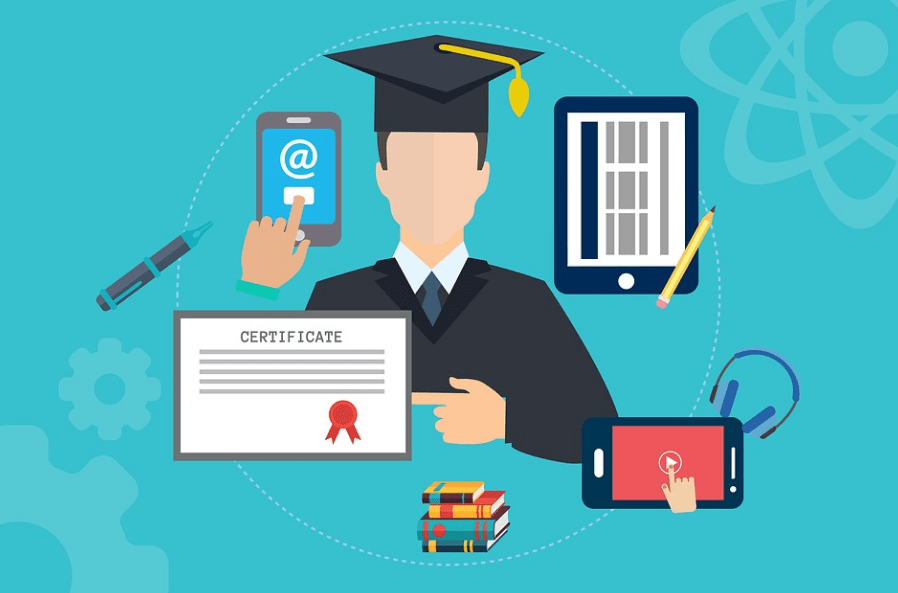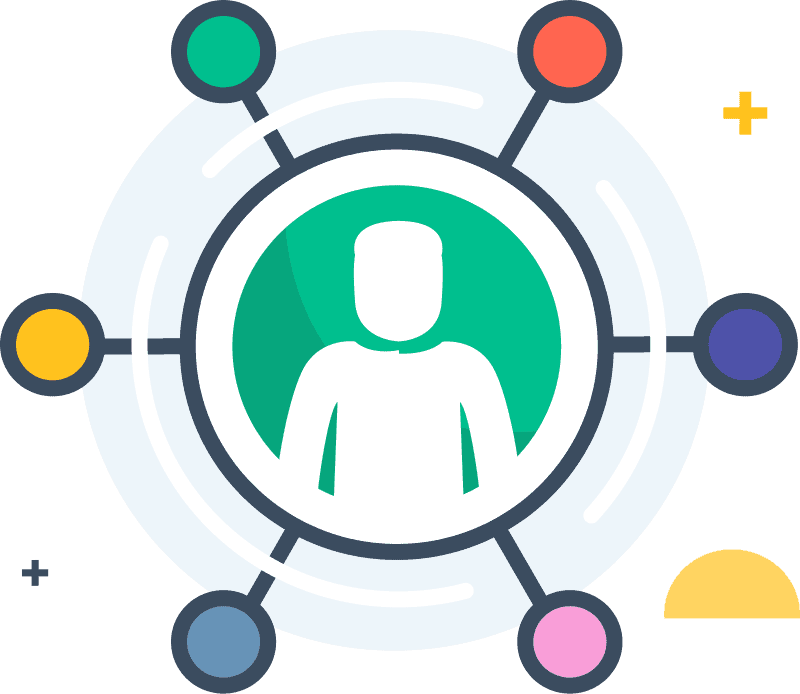ChatGPT was introduced by OpenAI as an AI model for language learning.
With ChatGPT, you can converse with a chatbot in a manner similar to that of a human being while also doing much more, thanks to AI-powered natural language processing tools.
In addition to answering your questions, the language model can help you write emails, essays, and computer codes.
The use of ChatGPT is now free of charge, since it is still in the research and feedback stage. ChatGPT has transformed the internet due to its extensive capabilities.
ChatGPT Boon or a Ban for Academics 2024
What is ChatGPT

Using computerised intelligence A chatbot like ChatGPT can answer your questions. The answers this chatbot gives are meant to be technical and not full of jargon.
It’s an NLP model that uses a lot of data about how people talk. It can answer in a way that sounds like human speech, so the user and the virtual assistant can talk in a natural way.
How does it work?
ChatGPT comes up with answers by combining a neural network architecture with unsupervised learning. This is different from traditional NLP models, which use rules and labelled data to come up with answers.
It is a useful tool for managing different conversational tasks because it can learn to come up with answers without being told what the right answer is.
This is accomplished through deep learning architectures called multilayer transformer networks, which are highly capable of understanding natural language.
The model is given a sentence to work with, which it then analyses using what it already knows to come up with a response that fits with the sentence.
One of the best things about ChatGPT is that it can come up with responses that make sense for the conversation.
This shows that the model can follow the flow of a conversation and come up with answers that make sense in light of what has already been said.
Conversational models are ideal for tasks such as customer service, which must handle a range of questions without losing sight of the big picture.
ChatGPT can do a wide range of NLP tasks, such as figuring out how someone feels, translating words, and summarising text. So, it is a useful tool that can be used in many ways.
GPT-3 Technology

The third version of the technology is the Generative Pre-trained Transformer 3 (GPT-3), which starts with the basics.
This means that it uses algorithms that have already been trained and given all the information they need to do the job.
In addition to the CommonCrawl dataset, 570GB of text data mining from the web is also made available to them.
If you asked it a question, you would expect it to provide the most accurate answer. If you tell it to do something like write a summary or a poem, you will get a summary or a poem.
GPT-3 can make questions, essays, book summaries, translations, memos, and even computer code, as long as it has a structure for the language.
One online demo shows how to use a plugin for the software programme Figma, which is often used to make apps, to make an app that looks and works like the Instagram app.
This is a new idea, and if it turns out to be useful and valuable in the long run, it could change a lot about how software and apps are made.
Uses of ChatGPT in academics

ChatGPT is, at its core, a language model that can make text that sounds like people talking in a conversational setting.
This means it can be used to make chatbots that can have natural conversations with students in the academic world. This gives teachers a wide range of ways to use ChatGPT to add to their lessons.
ChatGPT could be used to help teach people online. Imagine being able to help each student individually at any time, anywhere in the world. ChatGPT makes it possible.
The chatbot can help students work through complicated ideas step by step, answer questions, and give feedback. It can help students who are having trouble understanding the subject or who need more help.
ChatGPT could also be used to help grade tests automatically. Grading assignments takes a lot of time, especially for teachers who have to grade a lot of papers.
The grading process can be made easier with ChatGPT by being done automatically. The chatbot could, for example, grade essays by looking at the text and giving advice on grammar, spelling, and how it is put together.
It could also be used to automatically grade multiple-choice tests based on how the students answered.
But ChatGPT is useful for more than just talking to one person at a time or grading papers. It can also be used to make personalised, adaptive educational games and tests that fit the needs and learning styles of each student.
It can be a good way for students to learn and use new ideas, and it can also help teachers do more detailed and interesting progress checks on their students.
ChatGPT could also be used for online office hours. Many students might not be able to see their professors in person during office hours because they are too busy.
ChatGPT can help close this gap by letting students ask questions and get help outside of class.
For students who cannot meet their teachers in person because of time zones or other obligations, ChatGPT can be a very useful tool.
Limitations of ChatGPT
One of ChatGPT’s problems is that it takes a lot of time and resources to run because it is so big and complicated. Because of this, it might be hard to use in real-time applications like chatbots that need quick responses.
As a generative model, ChatGPT has the problem that it can’t always give exact answers to specific questions. The answers it gave could sometimes be meaningless or irrelevant, which made it hard to use in certain situations.
Like any other NLP model, ChatGPT is limited by the quality and amount of training data. Since the model wasn’t trained on a set of data that was both representative and varied, it might not be able to answer all of your questions in a reliable way.
Quick Links:
- How to Login and Use ChatGPT?
- How The Students Earn Money Online without Investments?
- Edureka Coupon Code
- The Best GRE Course
- DataCamp vs Coursera
- Best Udemy Courses To Learn Full-stack Web Development
- Course Hero Review
- Coursera Free Trial
- Best GRE Prep Course Coupons Codes
Conclusion: ChatGPT Boon or a Ban for Academics 2024
ChatGPT is a useful tool that has the power to completely change the way we teach and learn.
As a teacher, you need to think carefully about how ChatGPT can be used to help students understand and make sure it fits with your overall teaching goals.
With a little creativity and imagination, ChatGPT can be a useful tool to add to your teaching kit.


